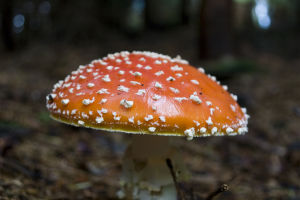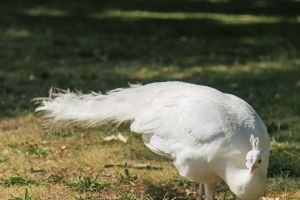Beekeeping is a common agricultural activity with the primary purpose of producing honey and other bee products. Honeybees are important pollinators and are crucial to maintaining ecological balance and human food security.
Here are some frequently asked questions and answers about beekeeping:
What equipment is needed for beekeeping?
Beekeeping requires some basic equipment such as beehives, bee stands, bee tools, etc. Beehives are places where bees live and reproduce and are usually made of materials such as wood, plastic, or polystyrene. The bee frame is used to support the bee nest frame and the honey sugar frame. Bee tools include bee knives, bee brushes, bee foggers, and more.
How to choose a bee species?
Common bee species include the European black honey bee, Italian honey bee, Crimean honey bee, etc. The selection of varieties should be based on factors such as local climate, flower resources, and disease resistance.
What problems should be paid attention to in bee breeding?
Beekeeping requires attention to keep the bee hive dry and hygienic to prevent diseases and pests. It is also necessary to regularly inspect and maintain the bee hive, and replenish food such as honey and honeydew in time to ensure the health and reproduction of bees.
How profitable is beekeeping?
The income of beekeeping comes mainly from the sale of honey and other bee products. Income is affected by many factors, such as bee species, local climate, flower resources, market demand, etc. Generally speaking, the income of honey is higher, and other bee products such as royal jelly and beeswax, etc. also have a certain market.
What is the process of harvesting honey?
1. Bees store nectar in honeycomb pores. When the water content of the nectar is lower than what the bees need, the bees spit it out with their mouthparts, chew it repeatedly and add their own enzymes to convert it into honey.
2. The honey picker opens the honey bucket of the beehive, places the honey bucket above the beehive, and uses the drainage plate to guide the bees from the honey bucket into the honey bucket.
3. The honey picker introduces the honey into the collection container through the plug of the honey bucket or other equipment, and then filters and processes the honey to remove impurities and air to keep it pure.
4. Finally, honey pickers store the honey in airtight containers to prevent contamination from air, moisture, and bacteria. The storage environment should avoid high temperatures, humidity, and direct sunlight.
Gathering honey is an important part of beekeeping. Here are some precautions:
Choose the right time and weather for honey harvesting. Honey collection is usually carried out during the day when the temperature is suitable, the sun is sufficient, and the wind is small. It is not suitable to collect honey at night or in rainy weather.
Make sure honey-collecting tools are clean and hygienic to avoid contamination of bee products.
When collecting honey, you should wear appropriate protective clothing, gloves, hats, masks, and other protective equipment to avoid being stung by bees.
When collecting honey, try to avoid disturbing the bees, and do not directly touch the bee nest with your hands or other objects, so as not to cause bees to attack.
After collecting honey, the beehive should be closed in time to prevent the bees from going out to find nectar and getting lost.
After collecting honey, the collected bee products should be processed in time, such as filtering, filling, sealing, and so on. At the same time, pay attention to the storage environment to prevent bee products from being damp, moldy, or deteriorating.
Regularly check the health of the bee hive and clean up residue in time to prevent the spread of disease.
In short, collecting honey is a work that requires care, patience, and prudence, and requires beekeepers to have certain professional knowledge and skills.


